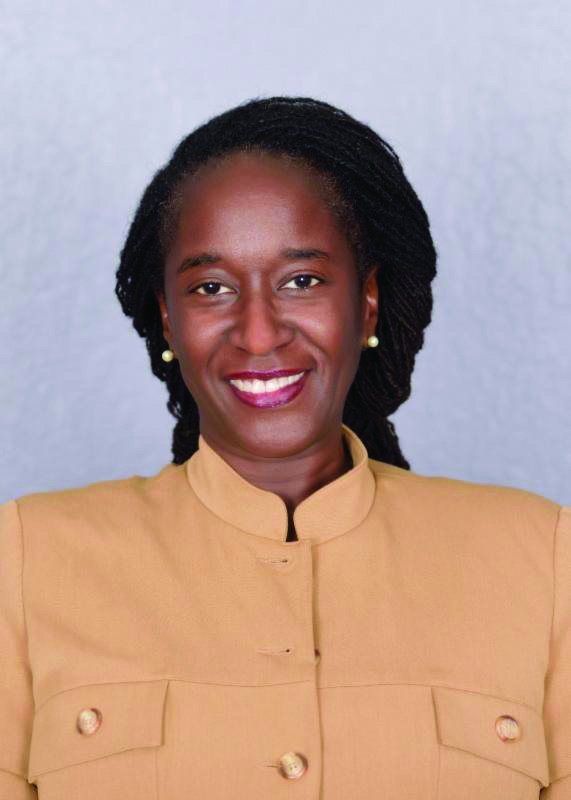August was Black Philanthropy Month: a campaign started in 2011 to connect the often “silo-ed” world of Black giving, as Jackie Copeland-Carson, the campaign’s founder, described it. Last month, South Side Weekly Radio broadcast interviews between reporter Bridget Vaughn and members of the Black philanthropic community. Every week offered a different viewpoint on giving back, including how corporations give back to the communities where they operate, how individuals give, and how groups of people collectively join forces to make a greater impact. Below are excerpts from those conversations. Listen to the full interviews here.
Jackie Copeland-Carson
Jackie Copeland-Carson is the founder of Black Philanthropy Month. She talks about her experience with fundraising and why it’s important to highlight Black philanthropy.
In the early 2000s, I was living in Minnesota. And I was realizing people I studied with in West Africa twenty years ago were suddenly in my church, or their kids were going to my daughter’s school. I was just running into this cross section of the country’s Black diaspora coming to live in the Twin Cities for opportunities. It’s a cold place, but at that time there was a lot of opportunity.
The Twin Cities…was kind of a United Nations of Black people. And of course, a longstanding African-American community. So because I lived and worked in Africa and I always had this interest in global issues, and had worked in philanthropy for so long, I was doing a lot of volunteerism and just pro-bono consulting to start an African women’s nonprofit around how they could get fundraising. And that is what I had been doing a long time in the African-American community as well.
It’s been really exciting because we sometimes just don’t recognize the powers of the everyday acts of organizing, kindness, and giving, which I always say are the glue that has held our community together through good times and bad, throughout our history. And it’s not surprising that after twenty years of research it’s still documented that Black people give the highest proportion of their income to charity. And if you add it all up, it’s about $12 billion a year from African-Americans alone, and approximately $11 billion if you just count African immigrants. And that doesn’t count Black people from Latin America and the Caribbean living in the U.S., because there is this global, new diaspora. So at a minimum, Black folks living in the U.S., old and new diaspora, give [around $23 billion a year]. (Ed. note: This number includes both charitable donations and international remittances.)
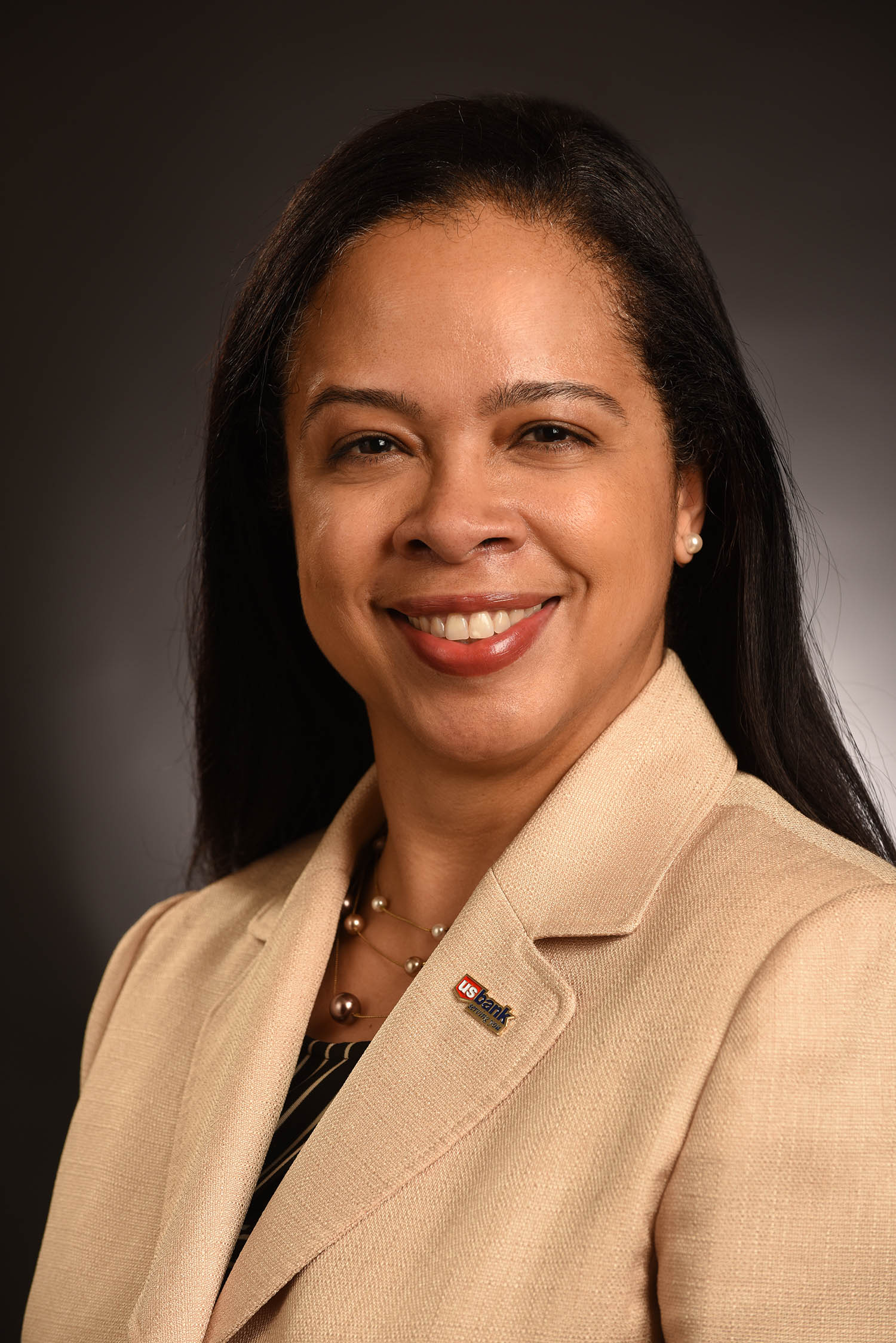
JeNyce Boolton
JeNyce Boolton is the vice president for regional community relations at U.S. Bank. She talks about philanthropy from a corporate perspective, especially how it relates to the African-American community.
What’s really important is the impact of your work, your ability to demonstrate how your work within the community, with your constituency, has made a decided difference. I know for me personally as a corporate donor, I like to hear about some of the stories of your success, so maybe if there’s an individual that went from, you know, maybe barely going to high school to actually attending college—those sort of stories that really kind of paint the impact and really show what the success is for an individual—that’s important. But again, it’s also the financial health of an organization and their ability to really have some sort of sustainability as an organization, but also with the individuals that they support. That’s important.
I had, just by way of example, a site visit with After School Matters—we support that organization with their apprenticeship program, and that infuses having a job but also the arts as well. And what was really meaningful for me was talking with leadership and talking with the students who are in the program, finding out from them personally what is it they like about the program, what are you getting out of it, how is this gonna make you a better person, if you will. So I think working with the constituency [of] an organization, that’s really important, and it also really adds that flavor and color to the work that an organization does. I can look at an application and it’s very different to read on paper what an organization is doing versus seeing it live and in action, and that’s what’s important. It very much personalizes the work that the organization is doing and our partnership or potential partnership with the organization.
Corliss Garner & Andreason Brown
BMO Harris Bank VP of Community Affairs Corliss Garner and Forefront COO Andreason Brown are advisory board members of the African-American Legacy (AAL), an initiative of the Chicago Community Trust started in 2003. Garner and Brown speak on the three pillars of the African-American Legacy—grant-making, community engagement, and collective giving—and their current funding program, Empowerment for Peace.
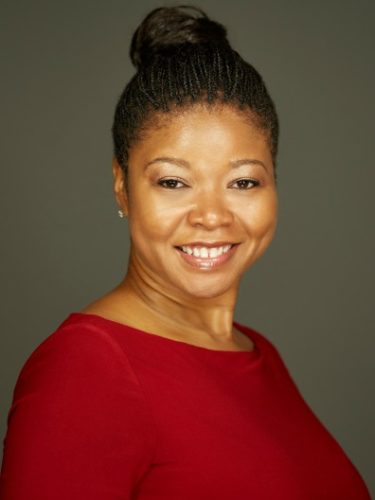
Corliss Garner: I see [grant-making, community engagement, and collective giving] feeding off one another. In my mind, I envision kind of this circle, right, where the giving piece of it—getting folks inspired about philanthropy and giving them a vehicle to be philanthropic—allows us to fund more organizations, which allows them to expand their work in the community, and allows us to then hear from that community about the work that they’re doing, which we then share again with those folks who want to be philanthropic, so that they know that there are causes out there that they can help support.
Andreason Brown: This notion of collective giving is all about community, right? We really want to create this ecosystem of giving, whether you have $25 or $25,000 to give. How do we create an ability for everyone in our community to give and support.
CG: And I think that’s critically important, what Andreason just said, particularly in the Black community, where folks may not have the capacity to be philanthropic in the way that they think philanthropy exists, right? They think you need three or four zeros behind that number to be philanthropic, where you can say, I have $100 to give for the entire year. But I see a need in our community, I want to be a part of the solution to that need, but I don’t think my hundred dollars is really gonna do a lot, right? But where can I put that hundred dollars, with other people who are putting a hundred dollars, and be impactful in a collective way? …We’re raising our hands to say: African-American Legacy is that vehicle. So if you only have a hundred dollars a year to give, but you want to do something for the community, and you want to leave a legacy, and you want to be impactful, park your dollars with us, because we’re going out to the street. We’re hearing what’s happening in the community, and we understand what’s happening at the street level. And we then use that information to inform our work and you can see how your philanthropy is being executed.
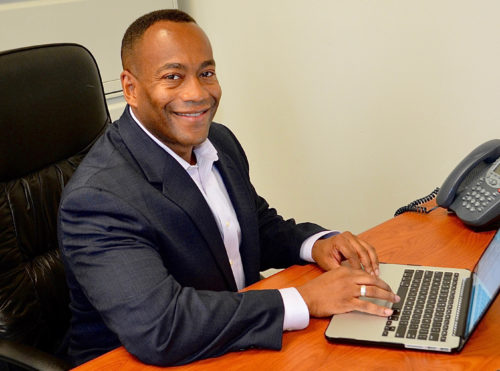
AB: I attended one site visit, and one organization that I was exposed to was in [the] Englewood neighborhood: the Crusher’s Club, which provides an alternative to gangs. They use boxing as a means of an alternative to gangs. And to sit and talk with these young people about what causes the frustration and the angst in their lives and the challenges they’ve gone through, and how this program has given them an outlet and a way to redirect their frustrations and their challenges, was just really really powerful. And you can see that this program is really changing the trajectory of lives. Because you can hear from them—where they were, where they are—and you can see the potential for where they could go. And after that site visit I kind of sat back and said, you know, this really is what AAL is about. This is what we’re trying to do. It’s not that ivory tower, high-level work that we’re immersed in. It’s actually on the ground, in the community, actually having the impact.
Liz Thompson
Liz Thompson is president of the Cleveland Avenue Foundation for Education (C.A.F.E.). Education is the primary focus of C.A.F.E.’s philanthropy, which has supported numerous organizations dedicated to student success. Thompson talks about how she and her husband, former McDonald’s CEO Don Thompson, work to support Black Chicago through various enterprises.
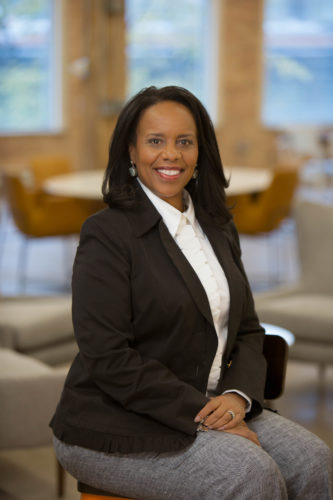
When we talk about pure philanthropic giving, we think about it in three ways. The first way is—you know, everybody has friends and family, and they’re gonna ask you to contribute to their causes. We take so much joy in being able to do that: hey, we’ve got our annual dinner, can you buy a table? A friend of mine has a cause for a domestic violence shelter: You know, Liz, it’s the annual giving time, can you give? Absolutely. Right? So there is that bucket of giving where it will continue as long as we’ve got money, we’re gonna continue to give to the causes that are near and dear to our friends and to our family. The next way we think about it, the next bucket, is in our strategic investments, where we consider the money that we are able to contribute to organizations that have causes that are near and dear to our heart. So for example, college access and success. We invest in organizations that help young people get to and through college. So we feel like when we invest a dollar in an organization like that, it’s different than us helping a young person pay their tuition through college. When we invest in these organizations, we feel like that dollar is multiplied because they’re now helping hundreds of people get to and through. And so we think of strategic organizational investments.
Then we have a third bucket. And this bucket we don’t talk about a lot, but it’s a bucket that involves making sure that things that are important to the African-American community can continue on. Things like the Black Ensemble Theater. Right? We do not invest heavily in the arts, simply because we are STEM people—you know, [my husband and I] are both engineers, we invest heavily in Science, Technology, Engineering, and Math. But there are organizations and institutions in Chicago that, but for the support of the community, would not exist. And we feel like those institutions are important to exist. And so we invest in them. Again, a favorite of ours is Jackie Taylor and the Black Ensemble Theater. It’s important that people see art that comes from us, that is about us, that is produced by us. And as long as organizations like that exist in the community, and as long as we’re blessed to be able to, we will contribute to see that they exist. So that’s kind of how we think of our giving.
A good majority of our giving is based here in Chicago. We are proud Chicagoans. Proud Chicagoans. You know what, there’s enough need in this city to last a lifetime. I often say to people: I really love that our world is so much more of a global world now. You have young kids at certain schools that have to take a trip every year around the world to China and work in that community. Or go to Africa and work in that community. And I applaud that. I love how we’re in a global community. However, I do say, on one of those trips, instead of paying the airfare to go halfway around the world, get in the car and drive two miles and let’s help the kids on the other side of the city of Chicago. In addition to being a global city, let’s be a local city. So Don and I have decided to focus our philanthropy right here at home. If other people want to give globally, that’s wonderful, we applaud that because we need it. We are Chicagoans first.
Did you like this article? Support local journalism by donating to South Side Weekly today.

